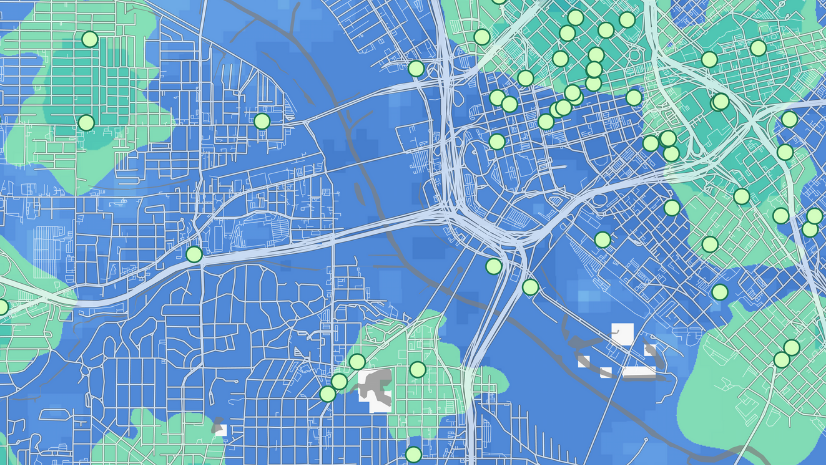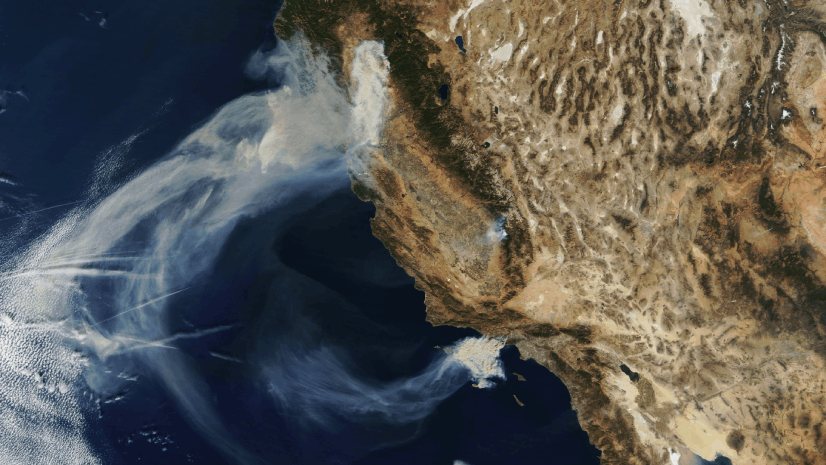As we consumer facing industries close the books on our second holiday season of the pandemic, it’s a good time to take a quick assessment of where retail and customer-facing businesses are today. Moreover, now is the time to think about 2022 and what the future might look like as we continue to return to normal. Honestly, I had hoped over the summer that by the end of this year, I’d be writing about the end of the pandemic. I hoped I could talk about how businesses have come through and how we were ready to get back to normal. Sadly, that hasn’t proved to be the case. The pandemic continues to dominate the news. As I write this, the latest COVID-19 variant is creating more uncertainty as cases grow exponentially across the globe.
That said, from a business perceptive, we are in a better place today than we were at this time last year. Hard to remember, but one year ago, the first vaccines were just being tested.
What’s really changed in the last 12 months, in my observation, is the speed at which businesses are pivoting and changing to adapt to a new reality where restrictions due to the COVID-19 pandemic are part of doing business. The driver of this change is the increasingly widening gap between successful companies and those that continue to struggle. I expect that in 2022, we’ll see that gap get even wider.
I’ve also seen significant changes in how companies are engaging with customers. Customer-centric modes of purchase and fulfillment have become table stakes for consumer-facing businesses. In the wake of new privacy laws, companies are finding new ways to be relevant with their customers and build relationships that keep customers coming back. We’ve seen a new focus on hyperlocal data as well as lots of innovation around ways to use that data to better understand and meet customers’ needs. We have watched companies create a more customer centric supply chain to ensure that their customers can get the products and services they want, on their schedule and in the way they want to receive it.
Keeping Customer Engagement a Top Priority

This gap between companies that are winning and the ones that aren’t really starts with customer engagement. I’m thinking about the companies that have been the most successful during the current pandemic—Target, Best Buy, and Walmart, to name a few. They were able to successfully pivot their operations to stand up new fulfillment modes—like curbside pickup and home delivery—quickly and at scale in record time. Location intelligence is one of the technology advancements that enable those capabilities to be deployed successfully.
When a customer engages with a retailer app—say, while they’re sitting in the home office (not during a meeting, of course)—they have specific expectations about the level of service they will receive. To successfully deliver on these expectations, at a minimum, retailers have to ask three questions:
- Where is the customer when they create and tender their order?
- Where do they want to receive that order (for example, at a specific store, their home, or their office)?
- When do they expect to receive that order? If they’re coming to a store, the store needs to know the customer’s ETA to make sure the experience of getting their merchandise is seamless and easy.
All three of these questions require spatially enabled data in order to ensure that the customer’s expectations of level of service are met.
Meeting Customer Expectations about Products and Services
For years, I’ve been talking about assortment planning—curating the range of products in a given location—as a critical strategy for growth in comparable store sales. Since the pandemic began, assortment planning has become even more important. Today, many businesses are having difficulty with goods being out of stock. The pandemic has been the longest and most widespread disruption of the global supply chain in my memory. Smart retailers know that assortment optimization also allows them to better utilize available inventory to meet local customer demand. Smarter allocation of products based on customer preference can really help local product availability during periods of constrained demand such as we’ve seen during this pandemic.
Navigating Customer Privacy while Delivering Personalized Experiences
For any business engaged in consumer marketing and customer relationship management (CRM), it certainly feels like it’s getting harder and harder to make personal connections with customers. The data that was once available is now private and, in many cases, off-limits. Personally, I support efforts to give consumers more control over their data and I don’t think that that means all is lost. ArcGIS can help users infer information about customers by analyzing data in aggregate, including patterns in behaviors and geographic and human-movement data.
Since the pandemic, businesses have become very attuned to the capabilities that tools like Esri Tapestry Segmentation—a highly detailed lifestyle and behavioral data service available in ArcGIS—play in understanding customers. The application of business intelligence tools takes this capability even further because they can use hundreds of geographic attributes in their analysis and find discrete correlations between performance and geography. This can provide unique insights into customer behaviors and preferences.
Best-in-class companies are using geographic information system (GIS) technology to understand how their customers—current and potential—are interacting with the geographic and business landscape of these companies’ markets.

Looking Forward
The pandemic has changed how businesses interact with their customers. As we move into 2022, there are some clear trends that, I think, will be important as businesses adapt to meeting the changing needs of their customers:
- Customer engagement is more critical than ever, so tools like GIS that allow businesses to connect more authentically with their customers will continue to be critical.
- Adoption of big data tools, machine learning, and artificial intelligence will continue to grow across business sectors. Companies will leverage these tools to find precise local insights and discrete correlations that can provide them with competitive advantages in customer acquisition and product range planning and allocation.
- There will be hyperlocal execution at scale. The gap between the haves and the have-nots in business will grow, I think, at a faster rate than we’ve seen in the last 18 months. One of the key drivers will be the ability of business to consume granular data and execute strategies that create unique local experiences for customers, across products and services.
Change is never easy. One of the slogans that a former employer of mine lived by was this: Speed Is Life. The global pandemic has certainly demonstrated just how important being nimble in business is. I expect 2022 to see even faster adoption of geospatial thinking in business as more leaders come to understand what GIS can do for them, and just how location intelligence can provide local insights and inform and drive change.

![Card image for article: [Video] Unlocking Customer Insights with the ArcGIS and the CRM](https://www.esri.com/en-us/industries/blog/wp-content/uploads/2021/05/blog826CRM.png)


